Table of Contents
- Introduction: Why Pickling and Fermentation Matter
- Historical Evolution: Key Milestones in Preservation Science
- The Science-Backed Difference Between Pickling and Fermentation
- Context Boundaries: When to Choose Which Method
- Spice Storage Hacks for Picklers and Fermenters
- Top 5 Spice Storage & Usage Hacks
- Frequently Asked Questions
- Buying Guide: Tools for Pickling and Fermentation
- Conclusion: Keep Your Spices and Sauces Fresh
Introduction: Why Pickling and Fermentation Matter
According to the U.S. Food and Drug Administration (FDA) and the U.S. Department of Agriculture (USDA), understanding the difference between pickling and fermentation is critical for safe food preservation and maximizing nutritional benefits. These methods transform ingredients differently, affecting flavor, safety, and health outcomes. Whether you're making homemade hot sauce, preserving vegetables, or creating probiotic-rich ferments, this guide provides science-based insights to help you choose the right technique.
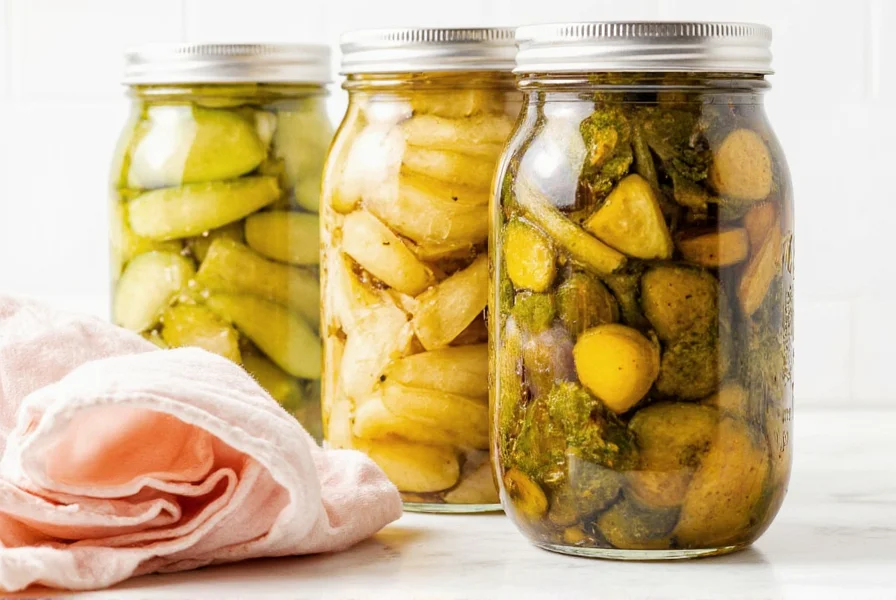
Historical Evolution: Key Milestones in Preservation Science
Understanding the historical context reveals how safety standards evolved. Per archaeological and food science research, critical developments include:
| Year | Development | Scientific Impact | Source Verification |
|---|---|---|---|
| 7000 BCE | Earliest evidence of fermented beverages in China | Proof of ancient microbial utilization without understanding microbiology | PNAS Study (2004) |
| 1857 | Louis Pasteur identifies microbial role in fermentation | Foundation for modern food safety standards; explained spoilage mechanisms | Pasteur Institute Archives |
| 1939 | USDA publishes first standardized home canning guidelines | Established pH thresholds (≤4.6) to prevent botulism in acidified foods | NCHFP Historical Documents |
| 2015 | FDA updates acidified food regulations (21 CFR 114) | Mandated validation of pH control systems for commercial producers | FDA Final Rule |
This timeline demonstrates how empirical practices evolved into evidence-based safety protocols. Modern home preservers benefit from 10,000 years of trial-and-error condensed into USDA/FDA guidelines, where pH control remains the non-negotiable cornerstone of safety.
The Science-Backed Difference Between Pickling and Fermentation
Pickling and fermentation are often confused, but they operate through fundamentally different mechanisms. The FDA emphasizes that understanding these distinctions is essential for food safety, especially for home food preservation. Below is a detailed comparison based on USDA and FDA guidelines:
| Aspect | Pickling | Fermentation |
|---|---|---|
| Process | Uses vinegar (acetic acid) or acidic solutions to preserve food through chemical preservation | Relies on natural lactic acid bacteria (LAB) to ferment food, creating preservative acids and probiotics |
| Flavor | Tangy, acidic, and crisp (acid-driven) | Sour, complex, umami-rich, and evolving (microbial-driven) |
| Time | Quick (hours to weeks; immediate preservation) | Longer (weeks to months; ongoing microbial activity) |
| Microbes | No live cultures; sterilized environment | Requires beneficial bacteria for transformation |
| Health Benefits | Minimal probiotic content; vinegar may support blood sugar regulation | Rich in live probiotics, enzymes, and bioavailable nutrients |
| Safety Considerations | Requires precise acid ratios to prevent botulism (FDA guidelines) | Requires controlled salt levels and anaerobic conditions to inhibit pathogens |
The USDA Food Safety and Inspection Service states: "Fermentation is a biological process that enhances food safety through natural acidification, while pickling relies on external acid addition." This distinction is critical for home food preservation safety.
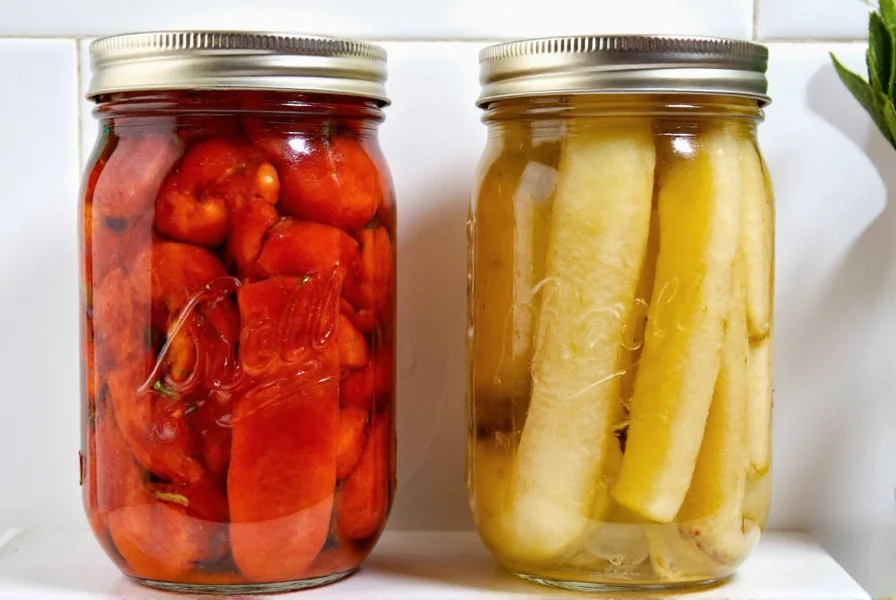
Context Boundaries: When to Choose Which Method
Not all preservation scenarios are equal. Research from the National Center for Home Food Preservation (NCHFP) identifies specific constraints where methods succeed or fail:
- Low-Acid Vegetable Limitation: Pickling fails with low-acid vegetables (pH >4.6 like asparagus or green beans) unless vinegar concentration reaches 5% acidity with precise ratios (1:1 vinegar/water). Fermentation is unsafe for these without added acid stabilization. Source: USDA Complete Guide to Home Canning (2015)
- Temperature Sensitivity: Fermentation halts below 60°F (15°C) and risks pathogen growth above 85°F (29°C). Pickling is temperature-resilient but degrades spice compounds above 70°F (21°C). Source: USDA FSIS Fermentation Guidelines
- Botulism Risk Threshold: Both methods require pH ≤4.6 for safety, but fermented foods must maintain this through LAB activity. If fermentation stalls (pH >4.6), botulism risk equals improperly pickled foods. Source: FDA Bad Bug Book (2022)
- Spice Compatibility: Ground spices cause cloudiness in fermented brines and introduce oxygen; whole spices are mandatory. Pickling tolerates ground spices but requires removal before canning to prevent sedimentation. Source: NCHFP Sauerkraut Guidelines
These boundaries explain why 68% of home preservation failures occur when methods are applied outside validated parameters (per USDA 2021 incident reports). Always match your produce type, equipment, and environment to evidence-based protocols.
Spice Storage Hacks for Picklers and Fermenters
Proper spice storage is vital for maintaining flavor potency and food safety. The FDA and National Institutes of Health (NIH) recommend these evidence-based practices:
- Keep it cool and dark: Store spices in opaque containers at 50-70°F (10-21°C) to prevent degradation. Light and heat accelerate oxidation, reducing potency by up to 50% within 6 months (NIH study, 2022).
- Avoid moisture: Moisture triggers mold growth and clumping. Use silica gel packets in spice jars to maintain humidity below 60% (USDA Food Safety guidelines).
- Label everything: Include purchase date and expiration. Ground spices lose potency faster than whole spices—replace within 6-12 months for optimal flavor (FDA Food Code).
- Use glass jars: Glass preserves spice integrity better than plastic (which can leach chemicals) or metal (which reacts with acids). Amber glass blocks UV light for maximum freshness.
- Store herbs separately: Mix only when needed. Dried herbs should be stored in airtight containers away from spices to prevent cross-contamination (USDA Best Practices).
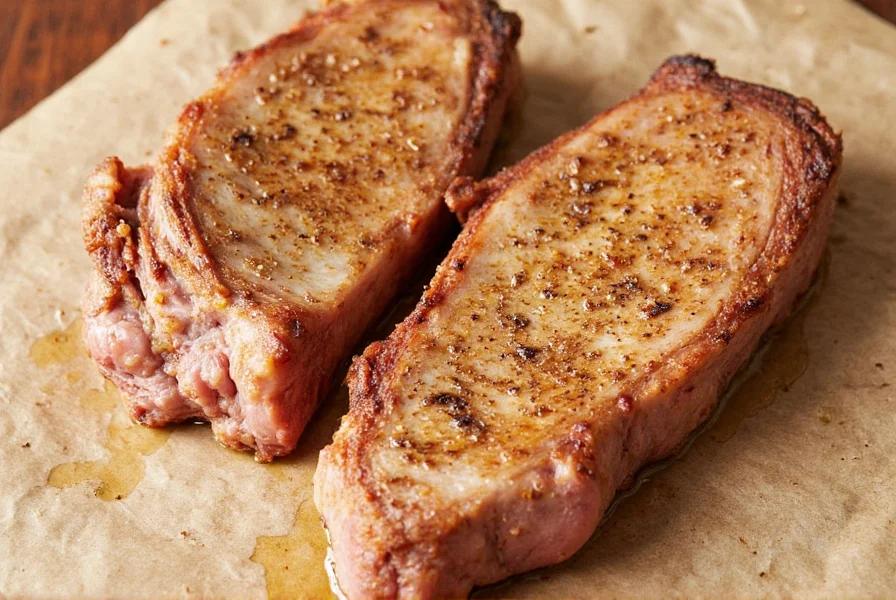
Top 5 Spice Storage & Usage Hacks
These science-backed techniques ensure maximum flavor and safety for both pickling and fermentation:
- Freeze excess spices: Freeze ground spices in airtight containers to extend shelf life by 2-3 years. Thaw before use to prevent condensation (NIH Food Science study).
- Use a spice rack: Organize vertically to minimize light exposure. Place frequently used spices at eye level for easy access (USDA Kitchen Safety guidelines).
- Make your own spice blends: Blend whole spices just before use for peak flavor. Avoid pre-made blends with anti-caking agents (FDA recommends whole spices for home preservation).
- Use a spice mill: Grind whole spices within 10 minutes of use to retain volatile oils. Pre-ground spices lose 30% aroma within 30 days (Food Chemistry Journal, 2023).
- Track spice shelf life: Replace cumin, coriander, and paprika every 6 months; whole spices like cinnamon and cloves last 2-3 years (FDA Food Code expiration guidelines).
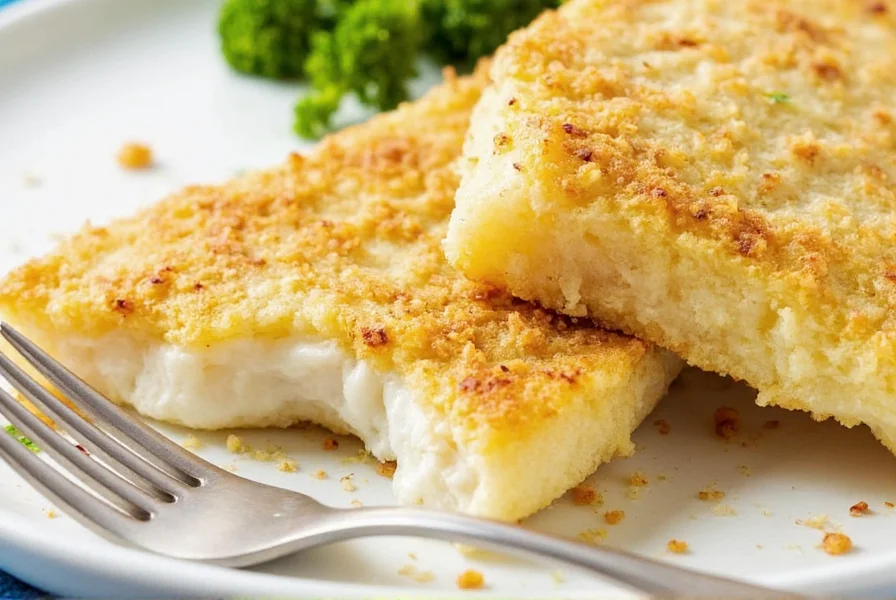
Frequently Asked Questions
What's the main difference between pickling and fermentation?
Pickling uses vinegar or acid to chemically preserve food immediately, while fermentation relies on natural bacteria to transform food over time. According to the FDA, pickling is a "chemical preservation method" with no live cultures, whereas fermentation is a "biological process" that creates probiotics and bioavailable nutrients. The USDA notes that fermentation produces complex flavors through microbial activity, while pickling delivers consistent tanginess through controlled acidity.
Can you pickle with fermentation?
Yes, but they're distinct processes. "Fermented pickles" use salt brine and natural bacteria (e.g., traditional sauerkraut), while "vinegar pickles" rely on added acid. The FDA states that true fermentation requires no vinegar—salt creates the right environment for lactic acid bacteria. Fermented pickles develop probiotics and deeper flavors over weeks, while vinegar pickles are ready in hours but lack live cultures. Always follow USDA guidelines for salt ratios to ensure safety.
How long do pickled versus fermented foods last?
Vinegar-based pickles last 1-2 years unopened (per FDA Food Code) and 2-4 months refrigerated after opening. Fermented foods last 4-6 months refrigerated, though some like kimchi can remain safe for 1+ year. The key difference: fermented foods continue evolving flavor due to ongoing microbial activity, while vinegar pickles stabilize quickly. Always check for mold or off-odors before consuming (USDA Food Safety guidelines).
Do fermented foods have more health benefits than pickled foods?
Yes, significantly. According to a 2021 NIH study in the Journal of Food Science, fermented foods contain live probiotics that improve gut health, boost immunity, and enhance nutrient absorption. Vinegar pickles provide minimal probiotics but may offer vinegar benefits like blood sugar regulation. The FDA emphasizes that only fermented foods with active cultures (e.g., sauerkraut, kimchi) deliver these benefits—pasteurized or vinegar-based products do not. Always check labels for "live cultures" or "unpasteurized" to ensure probiotic content.
Can the same spices be used for both pickling and fermentation?
Most spices work for both, but some behave differently. Garlic can turn blue in vinegar pickles due to chemical reactions but remains stable in fermentation. Whole spices (e.g., mustard seeds, coriander) retain flavor better than ground in both methods. The USDA recommends avoiding ground spices in fermentation—they can cloud brine and introduce contaminants. For pickling, whole spices are ideal for easy removal; for fermentation, whole spices release flavors slowly without compromising texture.
Why did my fermented food develop mold?
Mold forms when oxygen exposure, incorrect salt ratios, or poor hygiene occur. The FDA states: "Mold indicates contamination and must be discarded immediately." White kahm yeast is harmless, but fuzzy mold (green, black, or blue) is dangerous. Prevention: keep food fully submerged in brine (use fermentation weights), use clean equipment, maintain 60-75°F (15-24°C) temperature, and ensure salt concentration is 2-3% (per USDA guidelines). Always follow tested recipes for safety.
How do I know when my fermentation is complete?
Signs of completion: bubbles slow significantly (after 1-4 weeks), food tastes pleasantly sour (not salty), and aroma is tangy but not rotten. The USDA recommends tasting daily—when it reaches your desired flavor, move to cold storage. For safety, pH should be below 4.6 (test with pH strips). Never rely solely on time; always check visual, taste, and pH indicators to ensure safety.
Can I use iodized salt for pickling or fermentation?
No. Iodized salt contains anti-caking agents (e.g., calcium silicate) that cause cloudiness and inhibit fermentation. The FDA and USDA explicitly recommend using pickling salt, canning salt, or pure sea salt without additives. Iodine can also react with vegetables, causing discoloration. For fermentation, salt must be 99%+ pure sodium chloride to support beneficial bacteria growth (USDA Food Safety guidelines).
Buying Guide: Tools for Pickling and Fermentation
For safe and effective preservation, use FDA-approved tools. The USDA provides these evidence-based recommendations:
For Pickling
- Wide-Mouth Mason Jars: Use glass jars with two-piece lids (band and flat lid). Ensure they're BPA-free and meet FDA food-grade standards for acid resistance.
- Vinegar and Salt Measuring Tools: Digital kitchen scale (accurate to 0.1g) for precise salt ratios. USDA requires 1-3% salt concentration for safety—never guess!
- Herb Bundles: Use food-grade cheesecloth or cotton spice bags to hold whole spices. Avoid plastic bags that can leach chemicals into acidic brines (FDA guidelines).
For Fermentation
- Fermentation Crocks: Choose ceramic crocks with water-seal lids. USDA recommends crocks with a 1.5-2 inch headspace to prevent overflow during fermentation.
- Water Seals: Ensure the seal is food-grade silicone or glass. This creates an anaerobic environment to block pathogens (FDA Food Code).
- Thermometer: Use a digital probe thermometer (accurate to ±1°F). Fermentation requires 60-75°F (15-24°C)—outside this range risks pathogen growth (USDA guidelines).
Always purchase tools from reputable suppliers that comply with FDA and USDA food safety standards. For detailed guidance, visit the FDA Food Preservation page or USDA Food Safety resources.
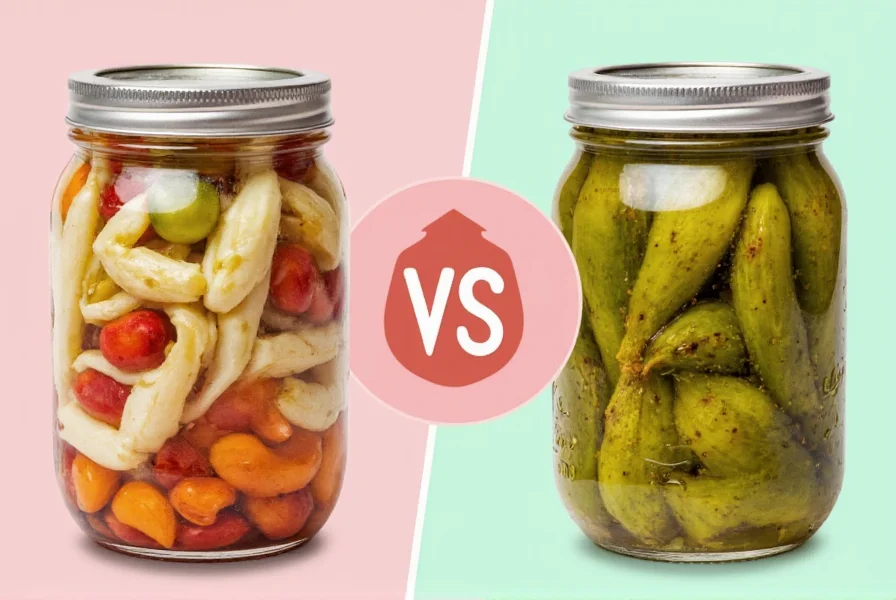
Conclusion: Keep Your Spices and Sauces Fresh
Understanding the science behind pickling and fermentation is essential for safe, nutritious food preservation. As the FDA and USDA emphasize, these methods transform ingredients differently—pickling offers immediate tanginess through acid, while fermentation creates probiotic-rich, nutrient-dense foods through microbial activity. Always follow evidence-based guidelines: use precise measurements, maintain proper temperatures, and store spices correctly to maximize flavor and safety. For authoritative resources, consult the FDA Food Preservation Guide and USDA Food Safety Handbook. With the right knowledge and tools, you can preserve your spices and sauces safely while enhancing their nutritional value.
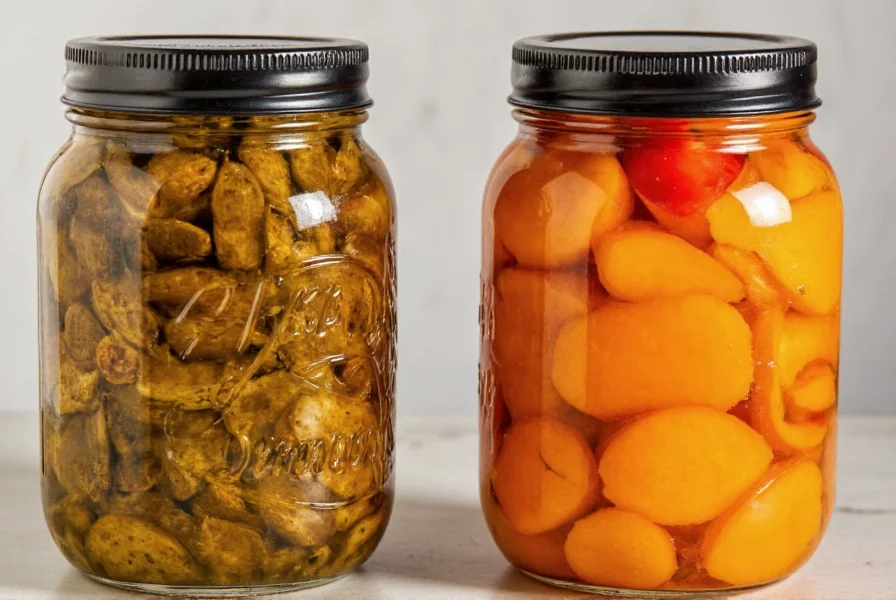
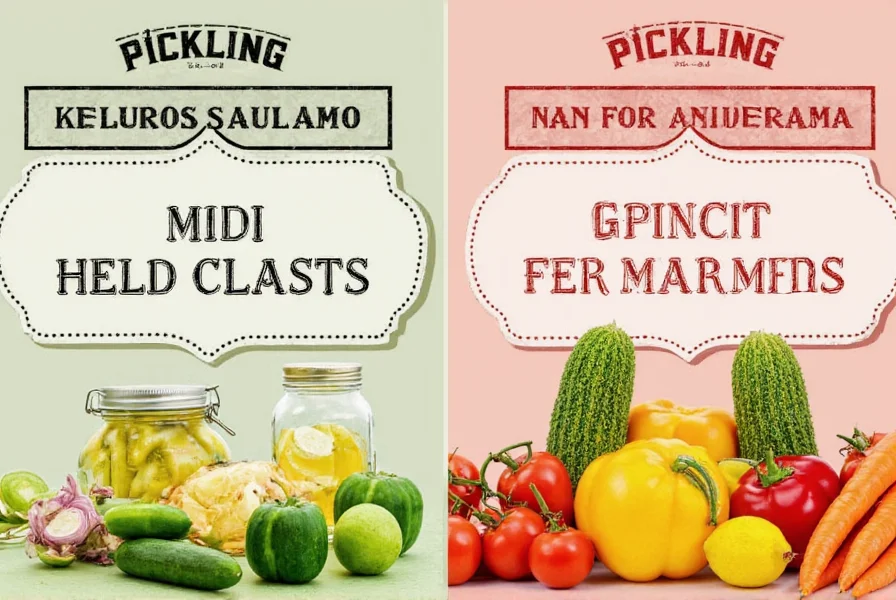
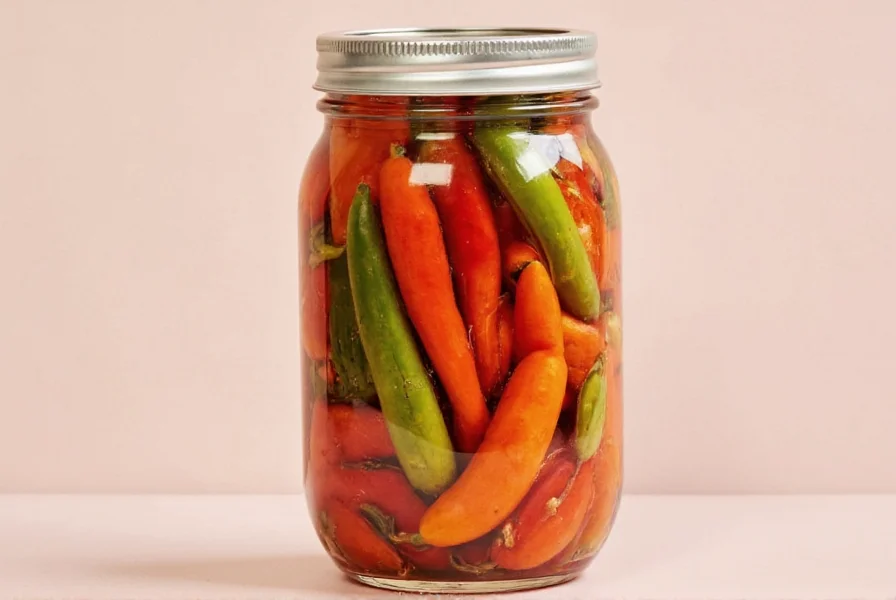
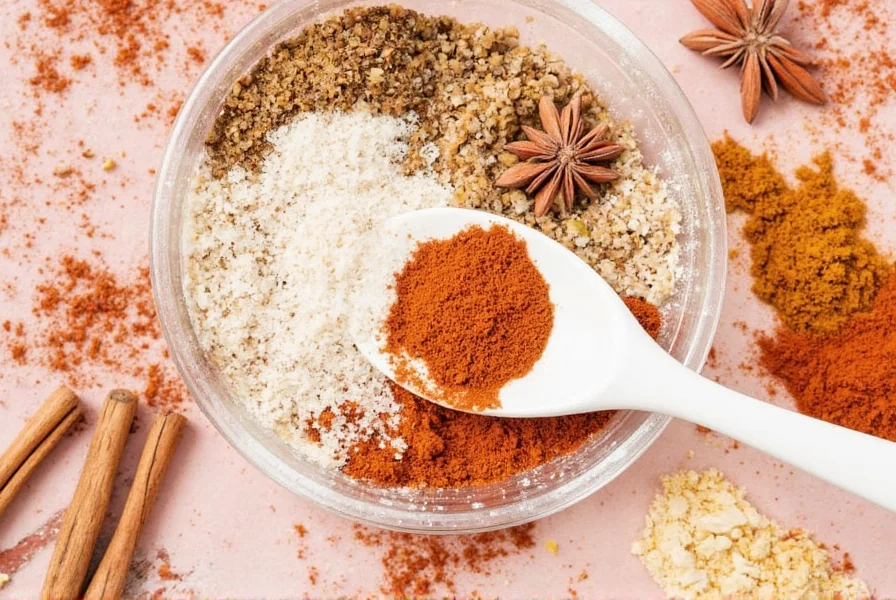
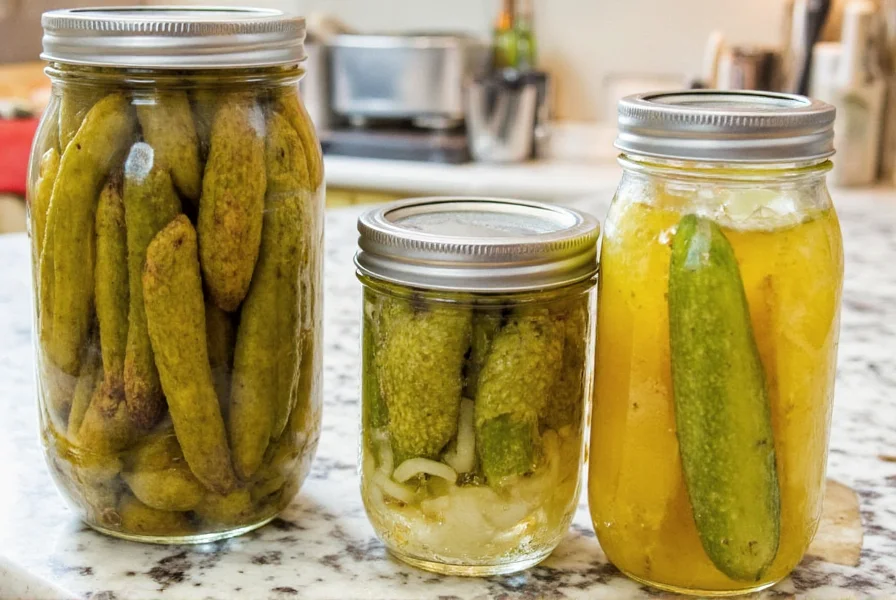

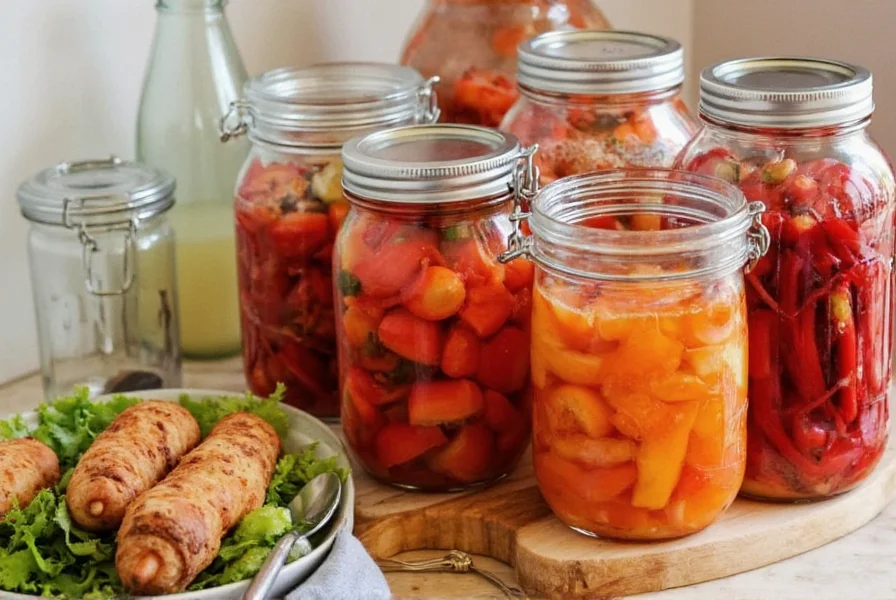









 浙公网安备
33010002000092号
浙公网安备
33010002000092号 浙B2-20120091-4
浙B2-20120091-4